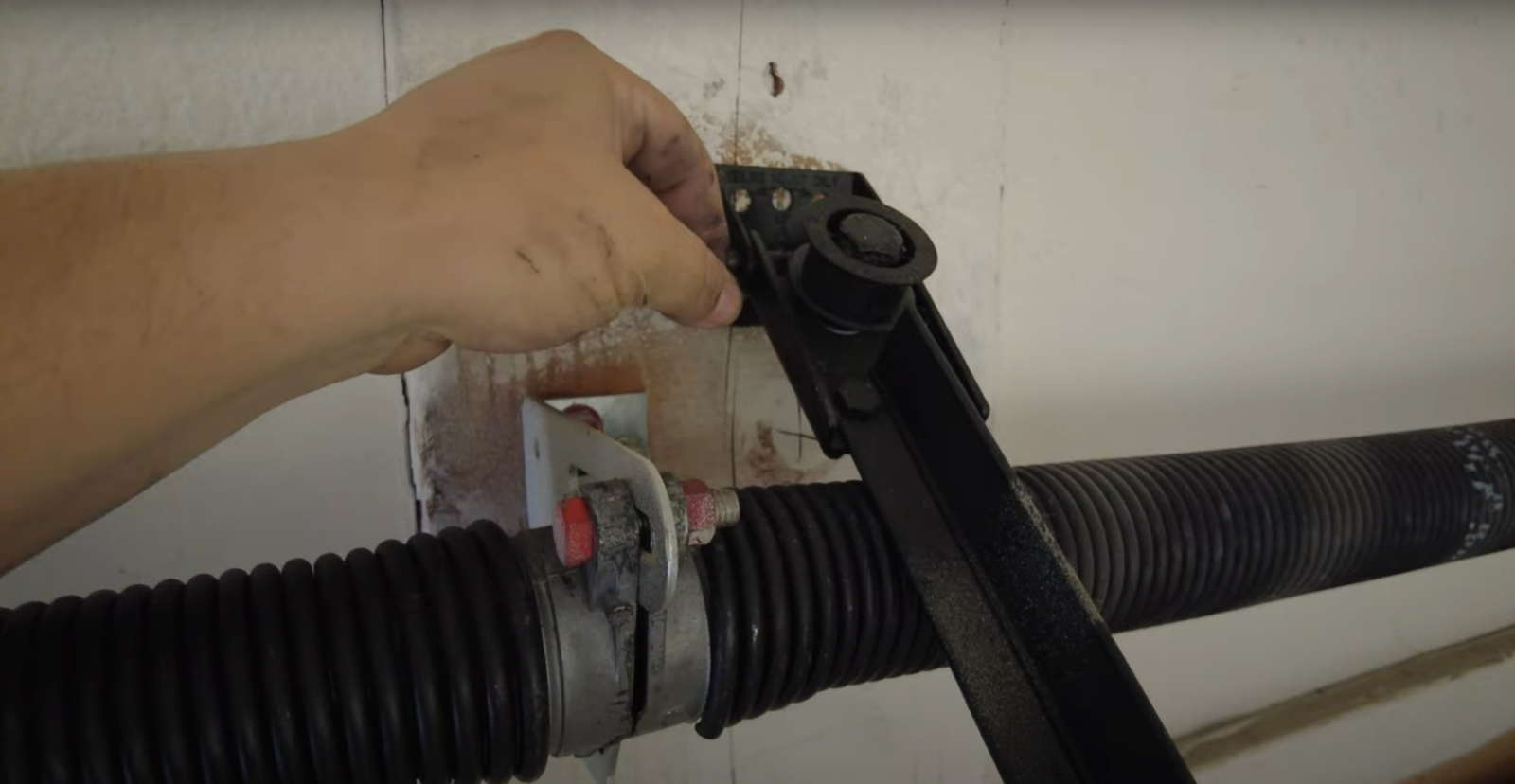- COMMERCIAL GARAGE DOOR REPAIR
- GARAGE DOOR OPENER INSTALLATION
- GARAGE DOOR SPRING REPAIR
- SAME-DAY GARAGE DOOR REPAIR
- CUSTOM GARAGE DOOR
- GARAGE DOOR OPENER REPAIR
- GARAGE DOOR TRACK REPAIR
- GARAGE DOOR CABLE REPAIR
- GARAGE DOOR PANEL REPAIR
- LOCAL GARAGE DOOR REPAIR
- GARAGE DOOR REPLACEMENT
- NOISY GARAGE DOOR FIX
- GARAGE DOOR INSTALLATION
- GARAGE DOOR SECTION REPLACEMENT
- OVERHEAD GARAGE DOOR REPAIR
- GATE REPAIR

The Essential Role of Garage Door Springs in Everyday Functionality
Your garage door opens and closes seamlessly dozens of times each week, but have you ever wondered what makes this heavy barrier lift so effortlessly? The answer lies in a crucial yet often overlooked component: garage door springs. These mechanical workhorses carry the weight of a 150-400 pound door, ensuring smooth and safe operation every time.
Understanding how garage door springs work isn’t just technical curiosity – it’s practical knowledge that can save you money, prevent accidents, and help you maintain one of your home’s most important entry points. When these springs fail, your garage door becomes virtually unusable, potentially trapping your car inside or leaving your home vulnerable. If you’re facing spring issues, reach out to Garage Door Repair Venice Florida for fast, professional assistance!
How Garage Door Springs Create the Perfect Balance
Garage door springs are key to your door’s smooth operation. Without them, lifting the door manually would be tough, and your opener would wear out faster. Over time, springs can break or wear down, requiring garage door spring repair or replacement to keep your door running properly. Here’s a quick guide to garage door springs, their types, how they work, and when to call a pro for repairs.
1. What Do Garage Door Springs Do?
Garage door springs counterbalance the weight of the door, making it effortless to open and close. Whether you’re lifting the door manually or using an opener, the springs absorb and release energy to assist with movement. Without them, the entire weight of a garage door—which can range from 150 to over 400 pounds—would be too much to handle efficiently.
2. Types of Garage Door Springs
There are two main types of garage door springs, each designed for specific needs and mechanisms:
Torsion Springs: These are mounted horizontally above the door opening. They use torque to lift the door via a system of cables and pulleys. Torsion springs are highly durable and provide smooth, controlled operation.
Extension Springs: These run along the door tracks on either side. They stretch and contract as the door moves. Though simpler in design, extension springs require safety cables to prevent accidents if they snap.
Both types store potential energy when the door is closed and release it to assist with lifting when opened.
3. How They Maintain Balance
Garage door springs are calibrated to match the door’s specific weight and size. This balance, known as “proper spring tension,” ensures the door operates smoothly. A properly balanced door should stay in place when lifted halfway—neither slamming shut nor springing open on its own.
4. The Physics Behind Effortless Movement
Garage door springs work by efficiently storing and releasing energy:
- When the Door Is Lifted: Springs provide most of the upward force, making even heavy doors feel light.
- When the Door Is Lowered: Springs control the descent, preventing crashes that could cause damage or injury.
This system ensures the door moves seamlessly while reducing strain on other components.
5. Protect Your Garage Door Opener
Springs significantly reduce the load on your garage door opener. Instead of lifting the door’s full weight, the opener only needs to overcome minimal friction, extending its lifespan and minimizing wear and tear on its motor.
6. Proper Maintenance Is Key
To keep your garage door springs in top shape:
- Inspect them regularly for signs of wear or rust.
- Avoid DIY repairs, as spring systems are under high tension and can be dangerous.
- Schedule professional maintenance for spring adjustments or replacements.
Optimize Your Garage Door Performance
Garage door springs are the unsung heroes of your garage system, ensuring smooth, efficient, and safe operation. Understanding their function and maintaining them properly can save you from costly repairs and extend the life of your door and opener. For expert advice or service, always consult a professional technician.
Signs Your Springs Are Working Hard
Springs don’t last forever, and recognizing early warning signs can prevent sudden failures. Visual inspection reveals a lot about spring condition. Look for gaps between coils on extension springs – uniform spacing indicates good condition, while irregular gaps suggest wear. Torsion springs should appear evenly wound without stretched or compressed sections.
Listen to your door’s operation. Well-functioning springs create smooth, quiet movement. Grinding, squeaking, or jerking motions often indicate spring problems. If your door opens slowly or struggles to stay open, springs may be losing tension.
The most telling test involves manual operation. Disconnect your opener and lift the door manually. It should rise smoothly with moderate effort and stay in place when released at various heights. Doors that slam shut or won’t stay open have spring issues requiring professional attention.
The Safety Factor You Can't Ignore
Garage door springs operate under tremendous tension – enough to seriously injure or kill someone if they snap unexpectedly. Torsion springs can store 200-400 pounds of force, while extension springs stretch under similar loads. This stored energy makes spring repair extremely dangerous for untrained individuals.
Springs also contribute to home security by ensuring your garage door closes completely and operates reliably. A door that won’t close properly due to spring problems leaves your home vulnerable to intruders and weather damage.
Understanding your garage door springs’ essential role helps you appreciate this remarkable system that makes daily life more convenient. These hardworking components deserve regular inspection and professional maintenance to keep performing their crucial balancing act year after year.
